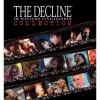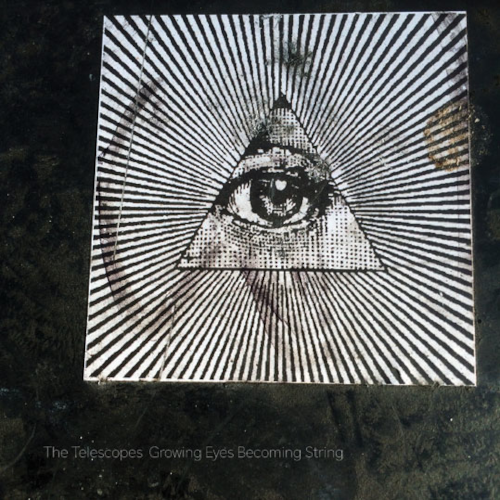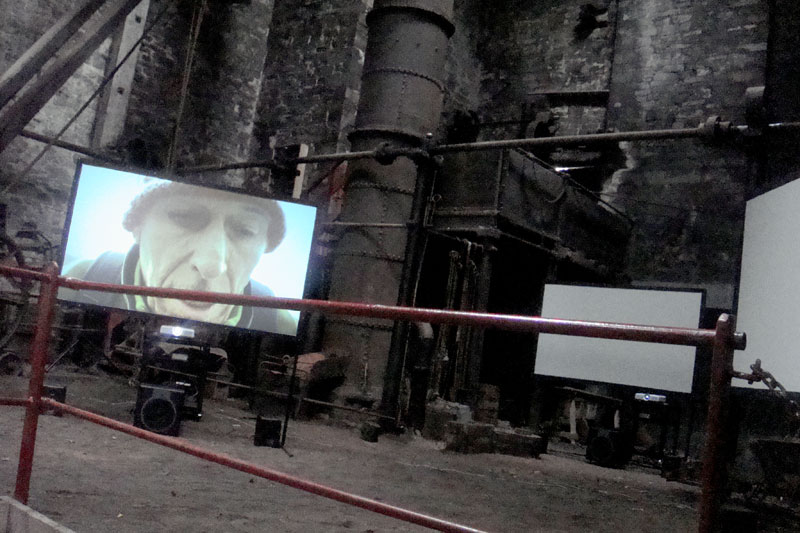 Penelope Spheeris‘s epic three-part documentary series about the shifting scene in music in LA in the ’80s and ’90s makes even more interesting viewing now than it did before. Well, I’m mostly talking about the first two movies, as until now I’ve never seen the third.
Penelope Spheeris‘s epic three-part documentary series about the shifting scene in music in LA in the ’80s and ’90s makes even more interesting viewing now than it did before. Well, I’m mostly talking about the first two movies, as until now I’ve never seen the third.
Spheeris keeps herself largely absent from the piece, allowing her direction and editing to do all the work. Aside from the occasional off-mic question before her stars are allowed to shine, there’s no voice-over, no commentary. We go from musical performance to backstage chat to fan interview, but all the while with a strong narrative thread leading us through. She’ll juxtapose scenes and shots for humour or pathos, never judging but always throwing up questions. A genuine love and respect for her subject (if not always her subjects) shines through every frame, though she’s not above the odd implied slight dig where appropriate. (A good analogy would be Shaun of the Dead, when compared to any number of cynical horror comedies whose creators merely see the horror as a vehicle for the comedy rather than a valid form in its own right).
Part I is largely defined through energy, and there really is something exhilarating about watching these kids cranking it up really loud and kicking out the jams, even after all these years. Once you get over the initial old man’s envy, of course.Nowhere is the humour more apparent than in Part II: The Metal Years, whose subject is, quite simply, crying out for it. Dealing with metal, and largely HAIR metal, Spheeris has the advantage here that she can portray a number of different age groups, metal having already been a thing for a number of years. So we get Alice Cooper, the grizzled showbiz veteran with a whole bag full of tips for youngsters trying to “make it”. You get Gene Simmons and Paul Stanley from KISS, who are, well, dicks; but then some things never change.
The most reasonable people in the movie (aside from maybe Alice) are Ozzy and Lemmy. Think about that for a moment, metal in the ’80s: THE MOST REASONABLE AMONG YOU ARE OZZY AND LEMMY. In particular Ozzy’s scenes are wonderful. He’s making breakfast (well, trying to make breakfast, pouring orange juice all over the table) but chatting away like a normal guy who’s had some weird experiences, rather than the Prince Of Darkness. At one point Spheeris asks him if it was all worth it for rock and roll, and his facial expression as he laughs “no” kinda says it all.
The thing that separates Part II from Part I is the element of authenticity, or rather the element of artifice. Where the kids in Part I just seemed pretty open and affable, albeit angry, the younger acts in Part II always seem like they’re putting on a show, whether they’re chucking out casual misogyny and boasting about their sex lives or bragging about their drug intake, they’re constantly seeking to impress. Ironically, Dave Mustaine from Megadeth comes across as the most genuine, and that’s by aligning himself more closely with the punk attitude; I can honestly believe in him as an angry and paranoid young man, especially given that he grew up into an angry older man who believes Barrack Obama was behind Sandy Hook.
For most of the others their youthful rebellion is pretty much their parents’ capitalism writ large, and the desire for riches. Oh yeah, and shagging. Again, though, there’s a great deal of affection here, which saves the movie from the trap of cynicism and elevates it into something hilarious, touching and also important for anyone interested in rock and roll. If I recall correctly, it was Part II that got Spheeris the Wayne’s World gig, and you can see why.
The scene in Part III is gutterpunks, punk kids who live on the streets. Again, you’re struck by how young these guys are. From floating in swimming pools or lying atop piles of underwear models, we’ve arrived at panhandling for beer money and sleeping in the park. Some have drug problems, some have mental health issues, some relish the freedom. From the authenticity of the bands in Part I, we’ve arrived at a complete rejection of society. It’s as much a sociological document as a musical one, but again there’s that warmth and humour that lifts it and means it’s also superb entertainment. Some you pity, some you envy, all are fascinating.
There’s also an extras disc (the set is available in DVD or blu-ray formats) featuring extended versions of some of the interviews which still survive, and more performances, as well as Spheeris herself being put in front of the camera for once. There’s also commentary by — who else? — Dave Grohl, who either really IS the nicest man in rock (which he certainly appears to be), or just knows where all the bodies are buried, judging by the way he gets invited to appear on EVERYTHING.You’ve probably already seen at least two of these movies, but it’s worth picking up this box set, not just for the extras, but because put together and watched back-to-back they have an odd way of recontextualising each other. There’s a direct line from I to III, and III shows a music scene thoroughly rejecting the excessive consumption of II. They really do benefit from being watched as a trilogy, and this is a great addition to the collection of anyone who cares about the history of rock and roll.
-Justin Farrington-



